About Caviar
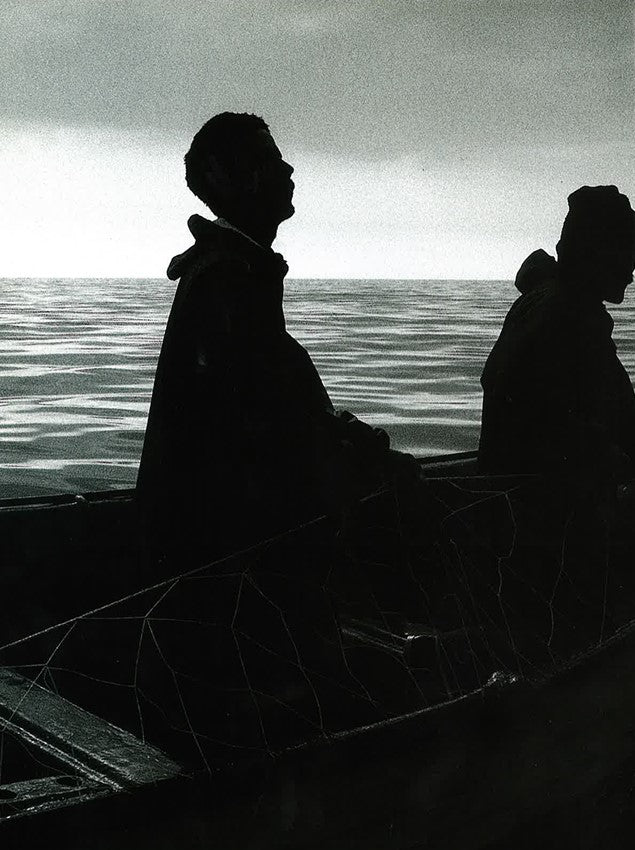
The History of Caviar
Caviar, the delicacy made from the salted eggs of sturgeon fish, boasts a rich history that stretches back thousands of years, interwoven with luxury, exclusivity, and cultural significance. The story of caviar begins with the ancient civilizations along the Caspian and Black Seas, where sturgeon populations thrived. This region remains central to the global caviar industry even today.
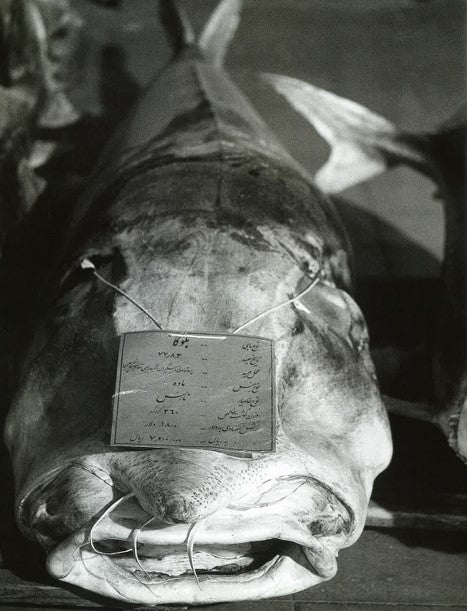
Early Origins
The word “caviar” is believed to derive from the Persian term khav yar, meaning “cake of strength.” Persians were among the first to consume sturgeon roe, valuing it as both a source of sustenance and a medicinal food believed to boost vitality. As Persian influence spread, the delicacy made its way to other parts of the ancient world.
The Greeks and Romans also developed an appreciation for sturgeon roe. In Roman society, it was served as a luxurious treat at feasts for the elite. Historical texts from the Roman era refer to the presentation of caviar as a theatrical affair, often accompanied by music and garlands.
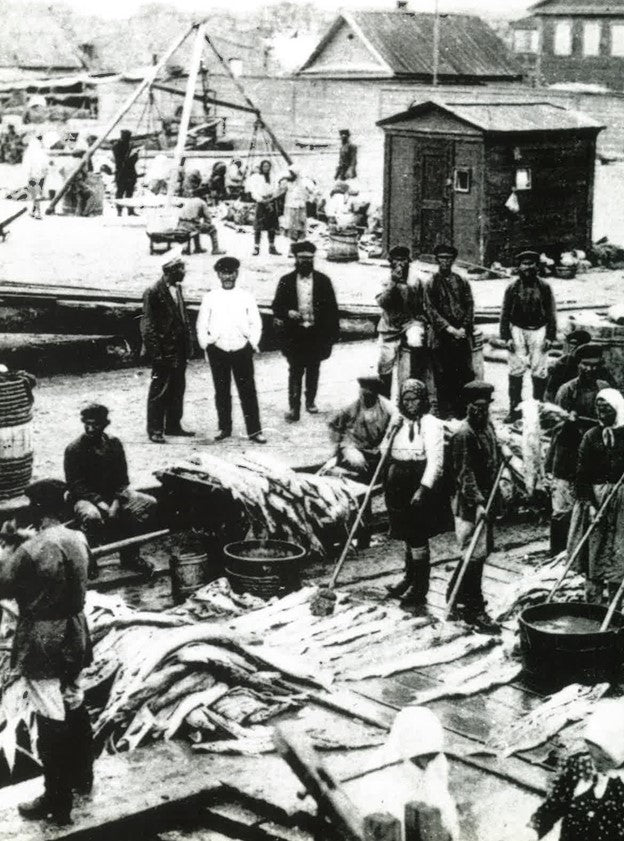
Caviar in the Middle Ages
During the medieval period, sturgeon became highly prized across Europe. By the 12th century, Russian princes and Orthodox monks consumed caviar as part of their diets, especially during fasting periods when meat was prohibited. Sturgeon fishing became a critical industry along Russia’s rivers, especially the Volga. The country’s abundant sturgeon population allowed Russia to emerge as a key producer of caviar.
Meanwhile, in Western Europe, caviar remained rare and was considered a food for royalty. In England, sturgeon was classified as a “royal fish” by King Edward II in the 14th century, meaning that all sturgeon caught were the property of the crown.
The Rise of Russian Caviar
The 16th to 18th centuries saw the rise of Russia as the world’s leading caviar producer. During the reign of the tzars, caviar became synonymous with Russian opulence. By the 19th century, the export of caviar from the Caspian and Black Sea regions began to spread its fame across Europe and beyond.
Sturgeon roe was traditionally processed by hand, salted using the malossol method, meaning “little salt,” to preserve the eggs’ natural flavour and texture. This technique remains a hallmark of high quality caviar today.
Caviar in the United States
In the late 19th and early 20th centuries, the United States briefly became a major producer of caviar, with American sturgeon found in the Mississippi and Hudson Rivers. At the time, caviar was so abundant that it was served in saloons as a free snack to accompany beer.
However, overfishing, and environmental changes led to a rapid decline in American sturgeon populations, pushing the U.S. out of the caviar industry by the mid-20th century.
Caviar in France
French caviar has a fascinating history rooted in both innovation and tradition. Although Russia and Iran dominated caviar production for centuries, France emerged as a key player in the 20th century. In the 1920s and 1930s, Russian émigrés introduced caviar culture to France, initially relying on wild sturgeon from the Gironde River near Bordeaux. By the mid-20th century, overfishing led to a decline in wild sturgeon populations, prompting France to innovate with aquaculture. In the 1980s, French producers pioneered sustainable farming techniques, particularly in the Aquitaine region, becoming one of the first countries in Europe to cultivate sturgeon in captivity. Today, French caviar is globally renowned for its high quality, distinct nutty flavour, and ethical production methods.
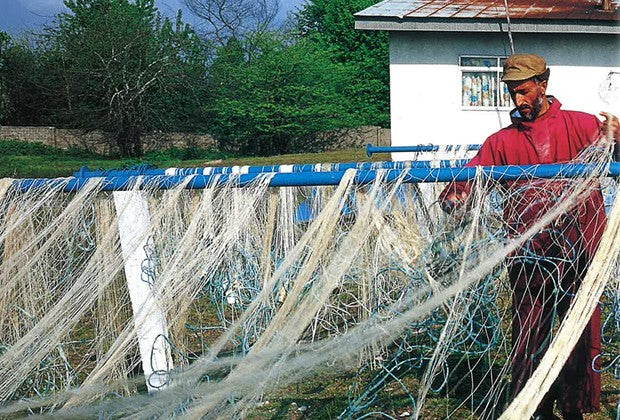
Decline and Regulation
The global demand for caviar, combined with overfishing and habitat destruction, led to a dramatic decline in sturgeon populations in the 20th century. The introduction of industrial fishing methods further exacerbated the issue. By the 1970s, several sturgeon species were on the brink of extinction, prompting international regulations and the rise of farmed caviar as a sustainable alternative.
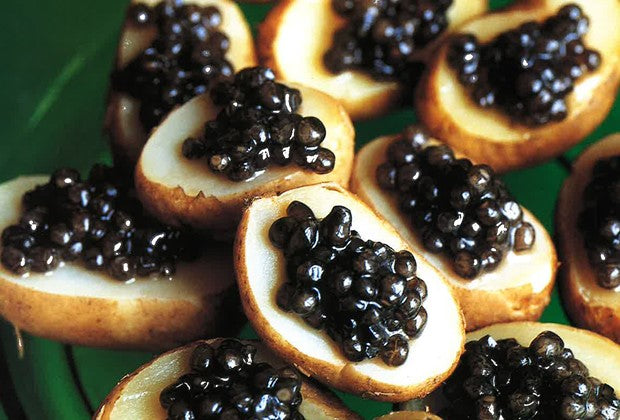
Modern Caviar
Today, aquaculture has revolutionized the caviar industry. Farm-raised sturgeon now account for most of the global production, providing a steady supply while allowing wild sturgeon populations to recover. Countries like China, Italy, and Israel have emerged as major players in farmed caviar, rivalling the traditional dominance of Russia and Iran.
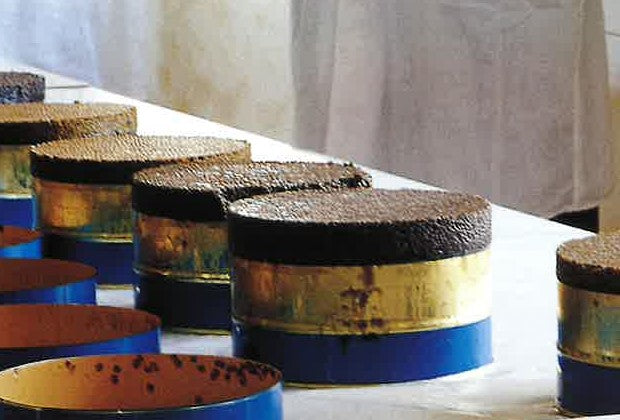
Production
Caviar processing is both an art and a science. The delicate nature of sturgeon roe demands careful handling, and every step—from harvesting to packaging plays a role in determining the quality and price of the final product. Advances in aquaculture and technology have made caviar more sustainable while preserving its status as a symbol of luxury and refinement.
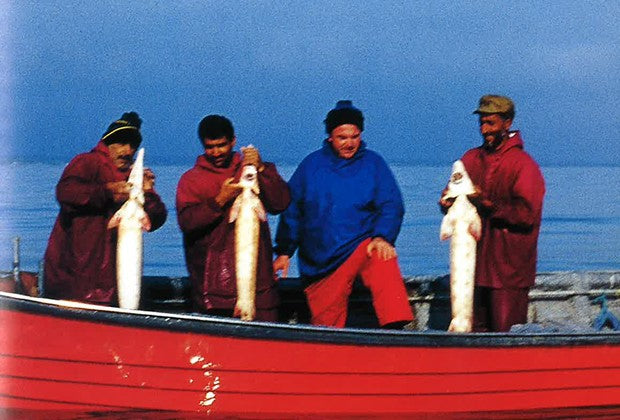
Ethically Sourced
At Caviar Counter our caviar is proudly sourced with the utmost commitment to ethical practices and sustainability. We partner with responsible aquaculture farms that prioritise the welfare of the sturgeon, using innovative no-kill and environmentally friendly methods to harvest roe. By maintaining strict quality standards and supporting the preservation of natural ecosystems, we ensure that every tin of our caviar represents not only unparalleled luxury but also respect for the environment and future generations.
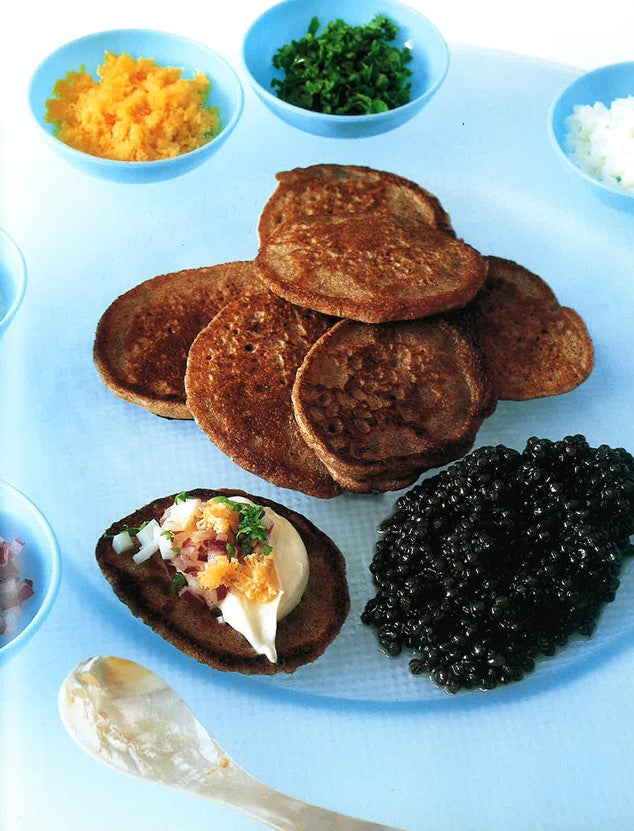
Frequently Asked Questions
What types of caviar do you offer?
What types of caviar do you offer?
We offer a curated selection of premium caviar, including traditional varieties like Beluga, Oscietra, and Imperial.
Is your caviar ethically and sustainably sourced?
Is your caviar ethically and sustainably sourced?
Yes, all our caviar is ethically sourced from sustainable aquaculture farms that prioritise the welfare of the sturgeon and the preservation of their natural habitats.
How is the caviar shipped, and will it stay fresh during delivery?
How is the caviar shipped, and will it stay fresh during delivery?
We ship our caviar in insulated packaging to ensure it remains fresh throughout transit.
How should I store and serve caviar purchased from your site?
How should I store and serve caviar purchased from your site?
Caviar should be refrigerated at -2°C to 4°C and kept in its original, airtight container until ready to serve. For serving, we recommend using a non metallic spoon and pairing with traditional accompaniments like blini and crème fraîche.
Do you offer bulk or wholesale options for restaurants and events?
Do you offer bulk or wholesale options for restaurants and events?
Yes, we provide bulk and wholesale caviar options tailored to the needs of restaurants, caterers, and event planners. Please contact us directly for pricing and availability.
Can you cook caviar
Can you cook caviar
No, you can add the caviar at the last moment, just before serving the dish.